There is one class of new car left that offers buyers real choice – as opposed to a choice of badge. Ironically, it is the class of car you’d expect to offer the fewest choices.
The compact sedan class.
After all, it’s the transportation appliance class. You don’t expect a lot of variety when shopping for toasters.
Nevertheless, here you’ll find such things as the choice to shift for yourself – a manual transmission – or not. Almost every other class of car – and every crossover – is automatic-only. But it’s more than just the possibility of shifting for yourself that makes it fun to choose a car in this class.
There is also a great variety of personality.
Some are very conservative, very practical cars – like the Toyota Corolla I wrote about last week.
Some are very slick and techy – like the Honda Civic sedan, which I’ll be writing about soon.
And then there’s the new Hyundai Elantra, which is the go-to choice if you want a $25k sedan that also does a very good imitation of a $50k luxury sedan – as via its available flat-screen LCD dash, which is a feature you used to find only in $50k (and up) sedans like the Mercedes E-Class and BMW Series.
Now you can find it here – for about 50 percent off.
What It Is
The Elantra is Hyundai’s entrant in the compact sedan class, where it competes with models like the Toyota Corolla and Honda Civic, among others – chiefly by being different from them.
It’s a performance (and luxury) oriented small sedan that’s available with a high-output (201 horsepower) turbocharged engine, with your choice of a six-speed manual or a seven-speed dual-clutch automatic transmission.
Or, a not-turbocharged 2.0 liter four cylinder engine and a CVT automatic transmission.
There is also a hybrid combination.
And it’s available with what used to be luxury car-only features such as a full-flatscreen instrument panel and something many current luxury cars still don’t feature, such as a credit card-style key that eliminates the need to cart around a bulky fob.
Prices start at $19,6540 for the base trim SE, which comes standard with the 2.0 liter four cylinder engine (no turbo) and CVT automatic.
A performance-themed N-Line with a 1.6 liter turbocharged engine and a six-speed manual stickers for $24,100.
A top-of-the-line Limited comes with the 10.2 inch flatscreen display and the key-card ignition/door lock system.
It stickers for $25,450.
You can also choose a hybrid gas-electric drivetrain in Limited (and SEL) trims.
What’s Good
Features you used to have to spend $50k-plus to get for less than half that.
Exceptionally roomy back seat (38 inches of legroom; more than in several mid-sized sedans).
Multiple engine/tranmission options.
What’s Not So Good
Most affordable SE trim comes with no choice about the engine or the transmission.
Grab bar separation of driver from passenger is an interesting look that some may not like.
A bit less practical than some of the others in the class due to in-the-weeds ride height (just 5.5 inches off the pavement).
Some of the cars in this class come standard with turbocharged engines – and others don’t offer them at all.
You can pick either in a new Elantra.
The base SE trim comes with a 2.0 liter four without a turbo that makes 147 horsepower; it is paired up with a continuously variable (CVT) automatic. This combo delivers near-hybrid gas mileage – 33 city, 43 highway as well as zero to 60 in 7.5 seconds, which is about two seconds quicker than a hybrid like the Toyota Prius.
If you want some more gumption, the N-Line comes with a 1.6 liter turbocharged engine that makes 201 horsepower – making it the strongest engine in the class for under $25k. This engine also comes standard with a six-speed manual transmission, which is very hard to find in this class – at this price.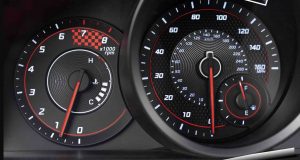
If you prefer not to shift for yourself, a seven-speed dual-clutch automatic is optional.
Either way, the N-Line Elantra gets to 60 in about 6.5 seconds.
It doesn’t return 33 city or 43 highway, like the hybrid – but its 25 city, 34 highway (with the manual; 28 city, 36 highway with the automatic) is still pretty economical for a performance sedan.
If you prefer the mileage of a hybrid, Hyundai offers that choice, too. A version of the 1.6 liter engine is paired with a part-time electric motor/battery pack; together they up the MPG ante to 49 city, 52 highway.
Which is nearly as good as the Prius hybrid (which gets 54 city, 50 highway) without being a Prius. Not that there’s anything wrong with the Prius. It’s an extremely fuel-efficient car that has proved itself to be a very good car – as long-haul reliable as other Toyota cars. But it is a Prius – and has the look which has defined the Prius since they first came out some 20-plus years ago.
Not everyone wants that look.
For them, the sacrifice of a few MPGs is well worth a different look.
The Elantra is now arguably the sportiest car in this class – including the Si version of the Honda Civic sedan, which is a no-longer-available sedan. It’s been dropped from the roster. (The high-performance Type-R version of the Civic is still available, but its price – almost $44k – puts it in another class altogether.)
The N-Line version – the sportiest version of the Elantra – also comes with more than a third pedal and a stronger engine. It also gets a completely different independent rear suspension with much stiffer springs and and larger diameter anti-sway bars, front and rear. In addition to that you also get your choice of either 235/40/R-18 Hankook Ventus all season tires or the same-sized Goodyear Eagle F1 ultra-sticky “summer” tires. Plus bigger brakes up front and the expected exterior/interior racy-looking cosmetics, such as twin chrome exhaust tips, a rear diffuser and spoiler, etc.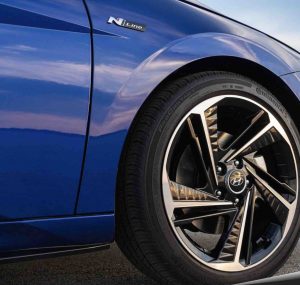
One thing you don’t get is a limited slip differential – which is a good thing, if you like a little freewheeling.
The very torquey engine easily overcomes the tires anytime you’d like to spin them a little and while this may not be ideal for best-stopwatch 0-60 and quarter-mile runs, it is ideal for having fun behind the wheel, which is what it’s supposed to be all about.
Race cars aren’t about fun.
They are about winning races. Fun takes a back seat to that. The numbers are everything. In a street car, the fun ought to be everything. Whether you are quicker by a tenth or two vs. some other car isn’t something you’ll be able to tell except by the stopwatch – at the track. But on the drive to work, letting it rip around a curve and feeling (and hearing) the inside front tire rip the asphalt a new one is what it’s all about.
Elantras with the non-turbo’d 2.0 liter engine give you the choice to be more practical – long term. The 1.6 liter turbocharged engine punches above its weight but it’s under a lot of pressure. The 2.0 liter engine is less stressed because it’s not compressed – and so will probably last longer than you – or the next owner – keep the car.
It’s a shame it’s not available with a manual, but Hyundai does an excellent job of making its CVT automatic not behave like one. It seems to shift even though it is transitioning through ranges, which is what CVTs do. The trick is mimicking shift points and driver-selectable programming that adjust these “shifts” to happen later or sooner and with more or less gusto, depending on the mode you choose. The engine makes enough power in any case to not require making the noise that often attends the pairing of an engine that does not make enough power with a CVT.
If you didn’t know this one had a CVT, you’d probably need to be told.
One of the few choices unavailable in an Elantra is the bodystyle – the hatchback Elantra GT having been dropped. But the sedan, as it turns out, is the more practical of the two – at least as regards passenger-carrying.
The sedan has 38 inches of legroom for the backseaters while the discontinued Elantra GT hatchback only had 34.8 inches, about the same as in most subcompact sedans. The sedan’s back seats have as much or even more room than many current mid-sized sedans. For example, the current Toyota Camry – the archetypical mid-sized family sedan – has the same 38 inches, in spite of it being almost a foot longer (192.7 inches to the Elantra’s 184.1 inches).
The Camry’s trunk – 15.1 cubic feet in size – is also only slightly larger than the Elantra’s 14.2 cubic foot trunk.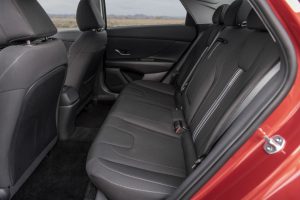
It’s true the hatchback’d (and no-longer-offered) Elantra GT could carry much more cargo than either of these two sedans – it offered 55.1 cubic feet of total capacity with its second row folded) but most people need to carry passengers more regularly than huge loads of cargo, which probably explains why the Elantra GT is offered-no-more.
One of the most interesting features of the new Elantra is its available all-flatscreen instrument cluster. It’s a dead-ringer for the flatscreen displays that first appeared in six figure luxury cars just a few years ago and then filtered down to $50k luxury cars and which you can now get in a $25k family car.
Some may not, because of concerns – legitimate – about the long-term durability of these all-flatscreen displays as well as the equally legitimate worry about them looking dated and perhaps even being out-of-date by the time resale time rolls around.
An analog (non digitized) speedometer/tachometer cluster generally ages well – both functionally and aesthetically. But what looks zippy modern today in terms of displays/screens and such can sometimes look really cheesy ten years later. Atari vs. Playstation – und so weiter.
But the Elantra offers you the choice to go All Tech – or stick with the traditional scheme. Once again, one-size-does-not-fit-all.
This is as refreshing as it is compelling.
The Rest
Hyundai also offers a key-card ignition/door lock system that eliminates the need to carry around a bulky key fob. It is the same size and thickness as a credit card and so fits just as easily in your wallet. You can also use an app to start/unlock your car – as well as adjust various functions, such as the climate controls remotely. And you can send the app to anyone you’d like to grant access to the car.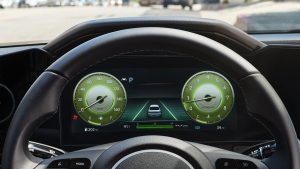
It’s pretty neat, though there could be issues with security (as regards the app, which is on a phone and phones can be hacked . . . and stolen) and of course there is also the issue of not being able to have a new card made anywhere except at a Hyundai dealer.
But it’s a choice – and so up to you.
Which is an inarguable good.
Also good is that you have a choice to use the touchscreen – or use physical buttons – to raise or lower the stereo’s volume and change stations. The climate controls are also manually controllable.
It is nice to have the choice! 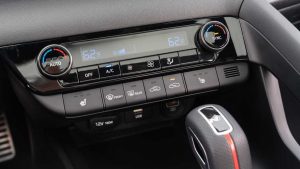
Another good-on-Hyundai thing you’ll find under the hood, where routine service by you is easier to do because you can easily reach parts that require routine service, such as the serpentine belt (and tensioner), the battery – which isn’t tucked halfway under the cowl – and even the backside of the engine; Hyundai has left plenty of room to reach and see back there, making it easy for you to get at/remove/replace parts like the 02 sensor when that becomes necessary.
It’s clear Hyundai put some thought into making it easier for the owner to service this car, which gives the owner the choice to service it rather than have the dealer do it.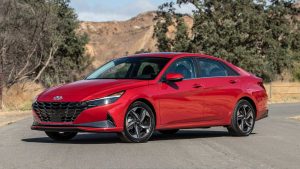
One thing that you don’t get a choice about is the daring but questionable center console arch/grab handle thing that visually and actually separates the driver’s side from the front seat passenger’s side. It is standard in all versions of the Elantra and it is something many drivers will like, because of the racy look – and some passengers may dislike, because of the way it makes them feel set apart from the driver.
The Bottom Line
If you want more choice than just the badge, here’s one that offers several choices, including several that its rivals don’t.
. . .
Got a question about cars, Libertarian politics – or anything else? Click on the “ask Eric” link and send ’em in!
If you like what you’ve found here please consider supporting EPautos.
We depend on you to keep the wheels turning!
Our donate button is here.
If you prefer not to use PayPal, our mailing address is:
EPautos
721 Hummingbird Lane SE
Copper Hill, VA 24079
PS: Get an EPautos magnet or sticker or coaster in return for a $20 or more one-time donation or a $10 or more monthly recurring donation. (Please be sure to tell us you want a magnet or sticker or coaster – and also, provide an address, so we know where to mail the thing!)
My eBook about car buying (new and used) is also available for your favorite price – free! Click here. If that fails, email me at [email protected] and I will send you a copy directly!


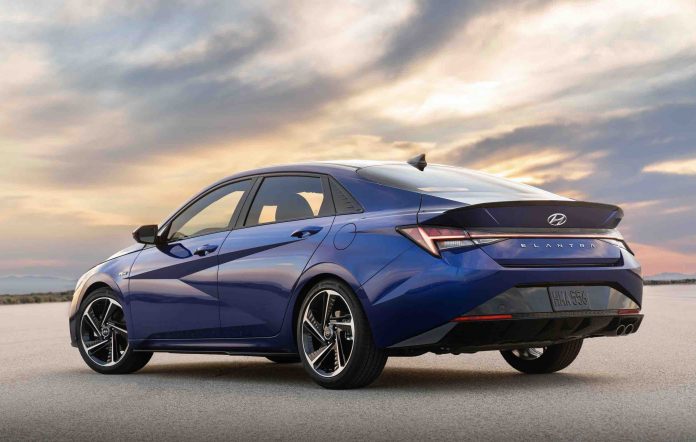

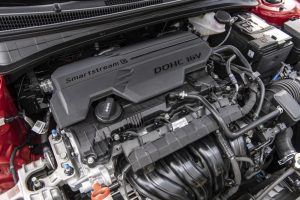
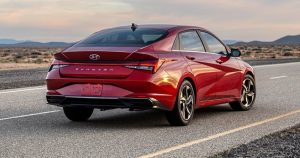
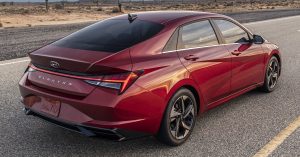
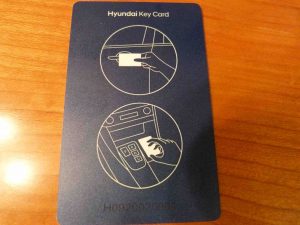







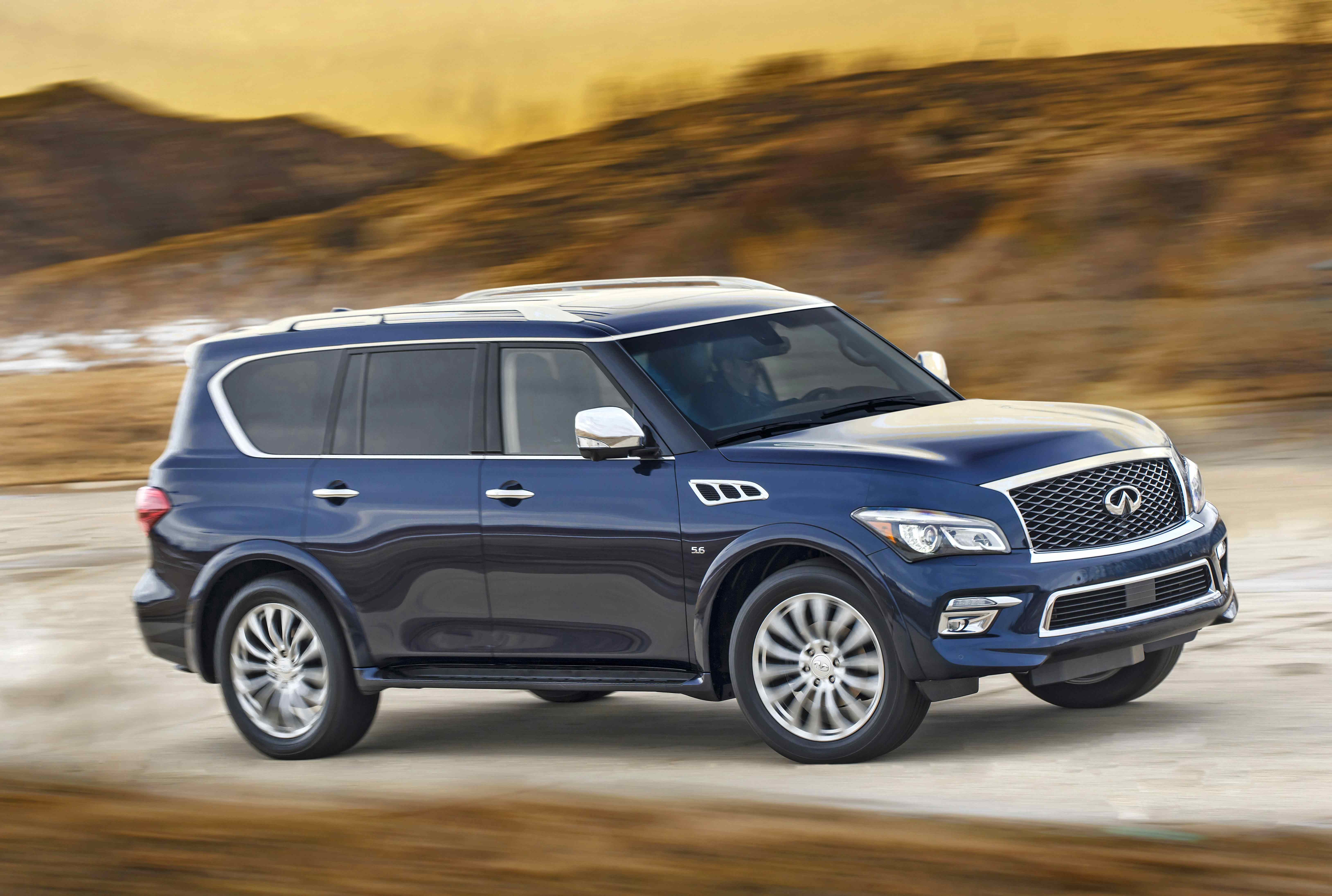
I’m coming to this article a couple of years late. I bought a 2023 Hyundai Elantra Limited back in October. I’ve been very pleased with it. I keep a spreadsheet of my gas mileage and the worst combined mpg I’ve had was 32.8 mpg because I happened to do a lot of surface streets that week. The best mpg I’ve had is 39.1. Most of my driving is a 50-mile trek across the Phoenix Metro area, which can go from 80 to 0 in half a second and then back up to 80. Very erratic and hard on the brakes.
It’s a fun car to drive. The sound system is excellent and I love the massive display that the Limited trim has. The Nav system could use a little tweaking, but it’s no better or worse than Apple Maps, Google Maps, or Waze. My biggest beef with it is the collision warning (too sensitive) and the auto-braking associated with the adaptive cruise control. I was in my lane going and I approached a car lollygagging at 70. I turned on my blinker to get into the left lane and the car slammed on the brakes automatically and my torso lunged forward. I was like WTF is going on? If there had been a car in the left lane coming up behind me, it would have caused an accident for sure. That’s pretty much my only gripe.
As soon as I am done paying for it, I am going to buy my wife the Palisade. We’re quite happy with Hyundai and will likely be repeat customers.
Hi Matt,
I haven’t yet driven the Palisade but I have driven the Telluride – it’s Kia cousin. I love the standard V6 (something that s becoming a luxury item) and the value it offers. I agree with you as regards the “assistance” tech. Unfortunately, they all have this now.
My sister has a ’19 RDX, lease is almost up, and she wants something a lot cheaper and more affordable. Figure save navi (She’d have carplay) and awd, N-line would do the trick.
Whaddya think Eric, not saying she’s a sports car driver, but a dual clutch and 1.6 shouldn’t be too radical a transition would it? Idky it spoke to me, but I figure next to a pricer GLI or manual only and hard to find Si, this should do the trick, especially if she’s serious about moving down to Florida this year
I dig it, Zane – the question is: Will she? The thing to do is for her to drive one – and see if it suits. I consider AWD oversold. Yeah, I get that in some areas – where winters are long and hard – it can be an essential. But if you don’t live in such an area, a set of good tires and knowing how to drive will get you through anything shy of a whopper snow storm – in which case, just stay home!
True, and she is thinking Florida, so its more hurricanes.
Gonna test drive one soon myself, just the dealer by me had a dct, oh well. Just wish she weren’t so lazy, shes gonna wait last min and probably stick with her RDX in the end
Did I read this right?
A 5k premium for wanting a manual transmission?
Come on, man
Thats a good looking hyundai. They’ve really come a long way in style since the oughts. Shame none of these cars are liftbacks considering their body style is nearly identical. Who killed the liftback? Were they never a sales success? Used to be that tons of sporty cars used that feature to make them more practical. Now all we get is a micro trunk and passthrough seats.
Is this car FWD only, with no option for AWD? If you said it, sorry I missed it.
If so, one big difference between the other two you mentioned (bmw, mercedes) is they are RWD std. with AWD option. Granted, most won’t care, but I do.
My wife owned a used E350 (awd) some years ago, and we really enjoyed it, but believe it or not, it still exhibited some weird torque steer under full power that I was not fond of. My wife didn’t notice or care, but I did. Caddy’s ATS and CTS awd systems did too. Not sure on Bmw, never tried one. And to be fair, I have driven fords Focus RS which is FWD based awd, and that car nailed the full power experience, so go figure. I guess it’s all in the engineering.
I always though the Korean car makers were going to take over the car world. While they have certainly gotten a bigger part of the pie, it wasn’t as much as I had thought 10 years ago.